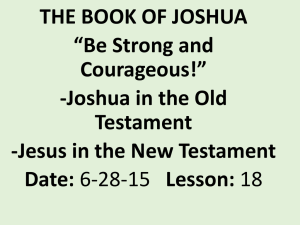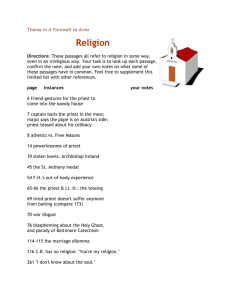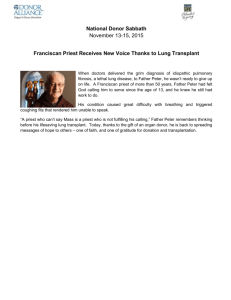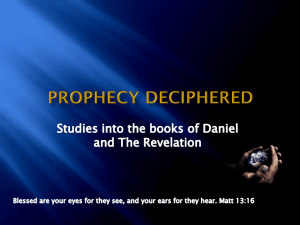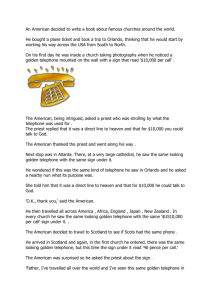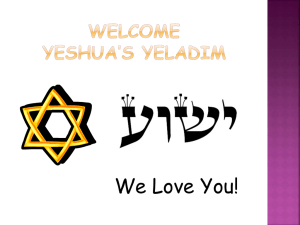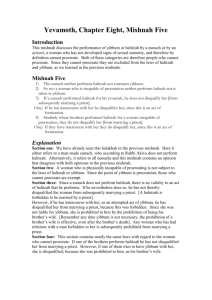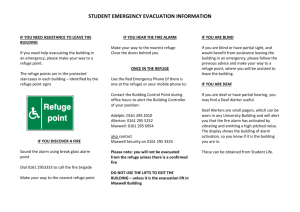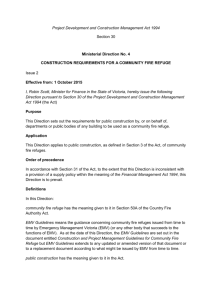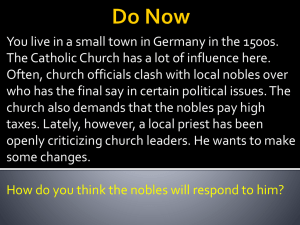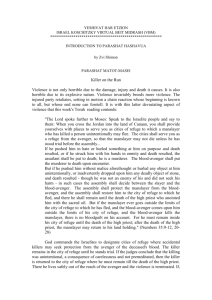Makkot 2-6 - Mishnah Yomit
advertisement
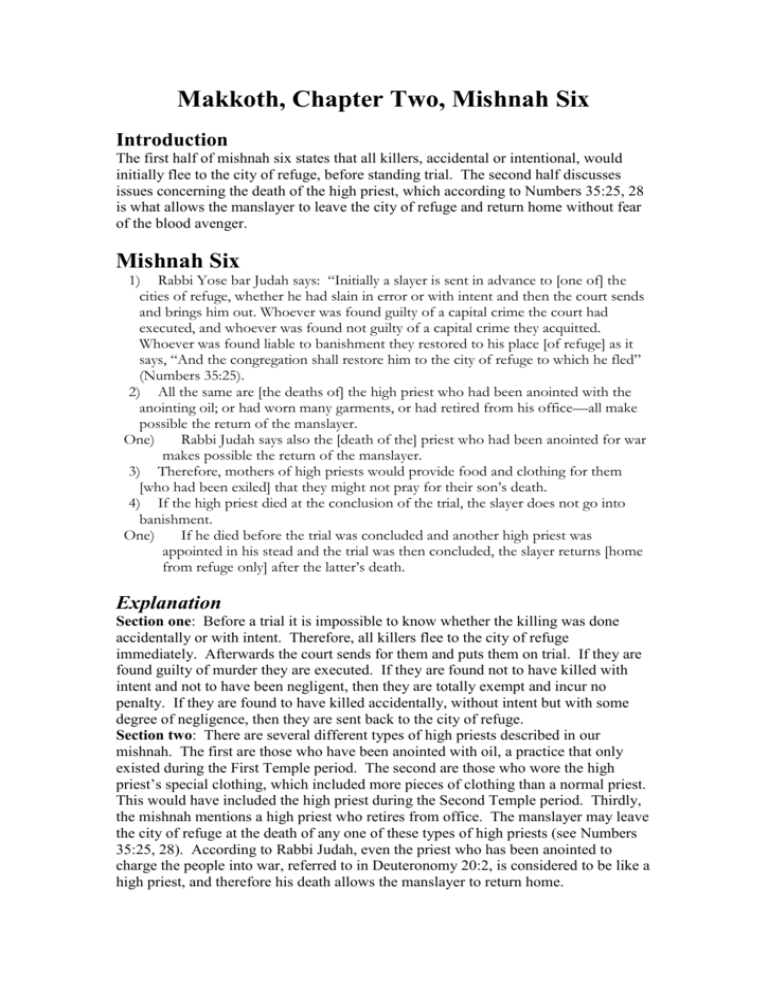
Makkoth, Chapter Two, Mishnah Six Introduction The first half of mishnah six states that all killers, accidental or intentional, would initially flee to the city of refuge, before standing trial. The second half discusses issues concerning the death of the high priest, which according to Numbers 35:25, 28 is what allows the manslayer to leave the city of refuge and return home without fear of the blood avenger. Mishnah Six 1) Rabbi Yose bar Judah says: “Initially a slayer is sent in advance to [one of] the cities of refuge, whether he had slain in error or with intent and then the court sends and brings him out. Whoever was found guilty of a capital crime the court had executed, and whoever was found not guilty of a capital crime they acquitted. Whoever was found liable to banishment they restored to his place [of refuge] as it says, “And the congregation shall restore him to the city of refuge to which he fled” (Numbers 35:25). 2) All the same are [the deaths of] the high priest who had been anointed with the anointing oil; or had worn many garments, or had retired from his office—all make possible the return of the manslayer. One) Rabbi Judah says also the [death of the] priest who had been anointed for war makes possible the return of the manslayer. 3) Therefore, mothers of high priests would provide food and clothing for them [who had been exiled] that they might not pray for their son’s death. 4) If the high priest died at the conclusion of the trial, the slayer does not go into banishment. One) If he died before the trial was concluded and another high priest was appointed in his stead and the trial was then concluded, the slayer returns [home from refuge only] after the latter’s death. Explanation Section one: Before a trial it is impossible to know whether the killing was done accidentally or with intent. Therefore, all killers flee to the city of refuge immediately. Afterwards the court sends for them and puts them on trial. If they are found guilty of murder they are executed. If they are found not to have killed with intent and not to have been negligent, then they are totally exempt and incur no penalty. If they are found to have killed accidentally, without intent but with some degree of negligence, then they are sent back to the city of refuge. Section two: There are several different types of high priests described in our mishnah. The first are those who have been anointed with oil, a practice that only existed during the First Temple period. The second are those who wore the high priest’s special clothing, which included more pieces of clothing than a normal priest. This would have included the high priest during the Second Temple period. Thirdly, the mishnah mentions a high priest who retires from office. The manslayer may leave the city of refuge at the death of any one of these types of high priests (see Numbers 35:25, 28). According to Rabbi Judah, even the priest who has been anointed to charge the people into war, referred to in Deuteronomy 20:2, is considered to be like a high priest, and therefore his death allows the manslayer to return home. Section three: Naturally, it is in the best interest of the manslayer who has been banished to the refuge city for the high priest to die as quickly as possible. They may even pray for his speedy death. In order to encourage them not to pray for their sons’ deaths, the mothers of the high priests would feed and clothe the manslayers who were stuck in the cities of refuge. Section four: If the high priest were to die after the conclusion of the trial the manslayer does not need to go into banishment, for the high priest has already died. Although he never reached the city of refuge, once his trial has been concluded it is as if he is already there. If, however, the high priest dies before the conclusion of the trial and a new one is appointed, the manslayer must wait until the newly appointed high priest dies before he can leave the city of refuge. Questions for Further Thought: Section one: Why does Rabbi Yose bar Judah suggest that all killers initially flee to the refuge city, even before a trial? Section three: What does this section teach us about the nature of prayer in the eyes of the Rabbis?
